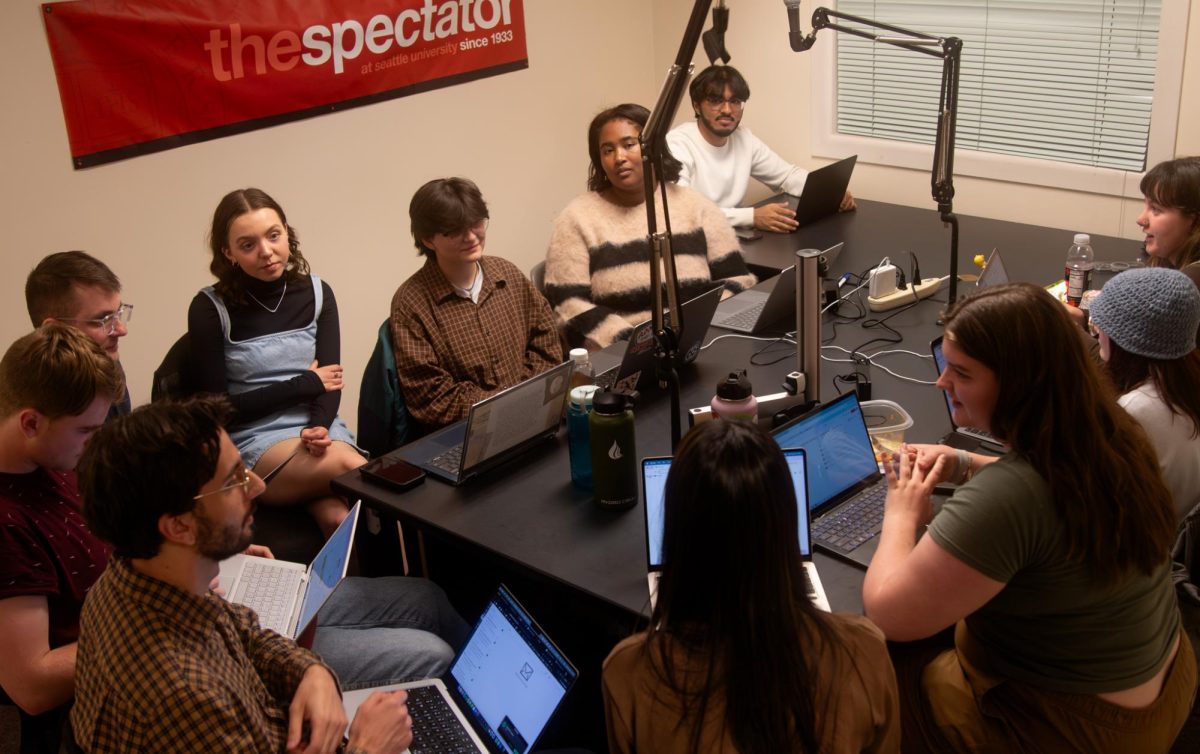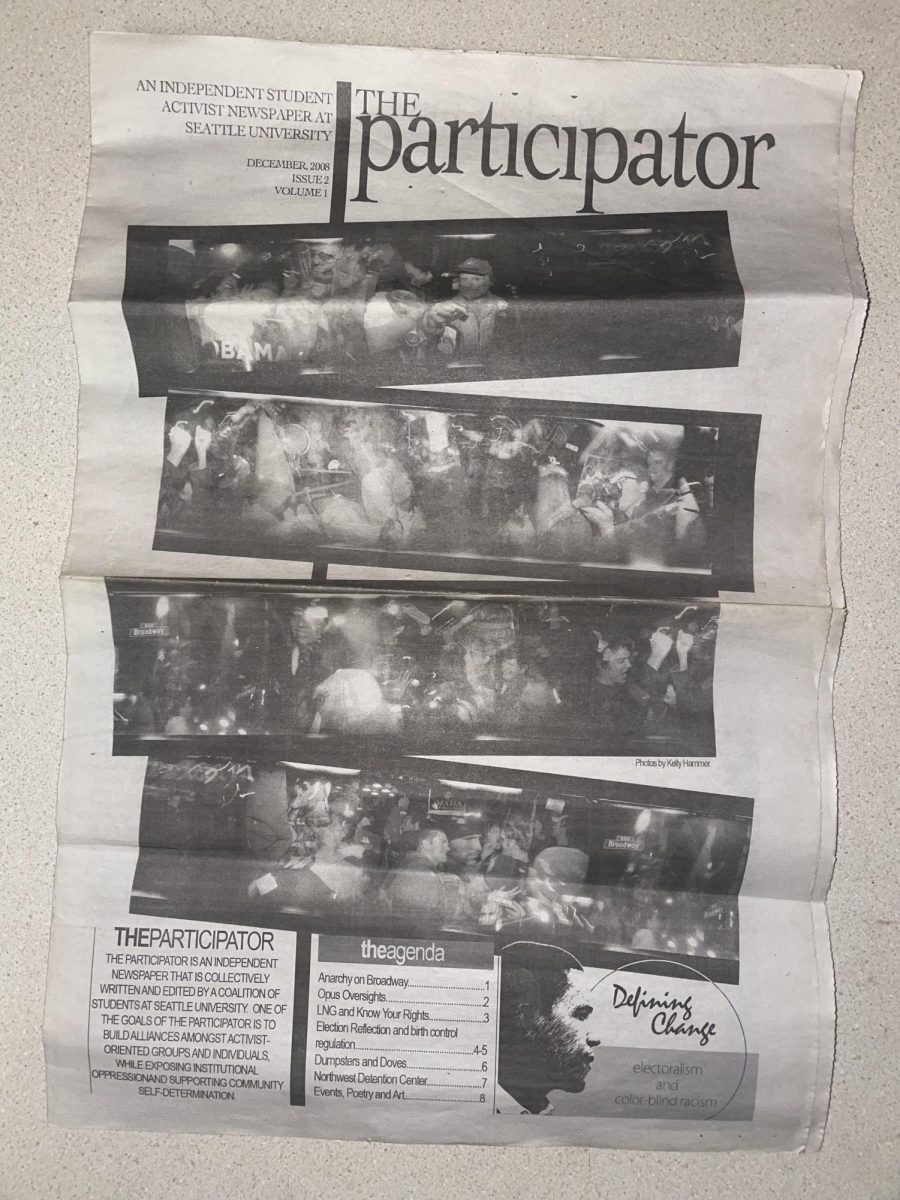The Seattle University FY19 Budget is pending final review by the school’s Board of Trustees. With the end of Spring quarter rapidly approaching, students with financial questions and concerns are eager to get a preview of what tuition and financial aid figures look like for next year.
For those holding their breath for a lower tuition hike, it seems those hopes will not be realized. Tuition will increase four percent for undergrads, for the fifth year in a row, marking a cumulative 20 percent increase in student tuition since 2014. Similarly, tuition for law students increased four percent as well for a third consecutive year. This is largely driven by the need to provide competitive wages and benefits for faculty and staff, which accounts for over 75 percent of the school’s annual expenses.
Some budget cuts were necessary in order to retain the school’s leading faculty, find the best new candidates and increase wages to keep up with Seattle’s competitive housing market and high cost of living.
Connie Kanter, Seattle U’s chief financial officer and vice president of finance and business affairs, understands that attracting the best professors, tutors, instructors and administrators to campus all boils down to the money.
“Compensation is the budget’s highest priority; that’s always the highest priority. Why? To keep up with market rates the way we are able. We can’t always, but that’s the goal,” Kanter said.
To students, the budget may seem contradictory. How can tuition increase when there are budget reductions? According to the university budget office, growth in both undergrad and graduate enrollment is modest at best. Additionally, allocating substantial financial aid for most students means the net tuition revenue per student is low. Couple those factors with the need for competitive compensation, and a tuition hike is a near inevitability.
With more of the budget being devoted to compensation, the university has been able to establish a new minimum salary floor for single class and full-time non tenure track faculty. This is huge news for many faculty members under those classifications who will be entitled to make higher wages.
Here’s the good news for students: many of the budget cuts are in an effort to reallocate funds to best serve the student body. “We really tried to think about, what are students facing, driving revenue and supporting our student experience? We really tried to be thoughtful and strategic about where there would be reductions,” Kanter said.
The school’s noteworthy new investments span across all aspects of student life. The Office of Diversity and Inclusion was the only division on campus to get additional funding instead of reductions, primarily to enhance the sense of community on campus. Cherry Street will be completely remodeled, as the current “U” shaped floor configuration of the market will be eliminated in favor of spreading food options throughout the entire second floor.
This is intended to limit congestion and give students more opportunities to connect with one another. Similarly, the Bistro will take down most of the walls, literally eliminating any level separation on the student center’s third floor. Finally, the Indigenous Peoples Institute facility will open in Xavier Hall this fall.
Another detail of particular interest is that a new part-time psychiatrist will be on campus in Counseling and Psychological Services, helping to alleviate the weeks-long waits to talk to someone and allowing those with mental health needs to get necessary prescriptions on campus.
Nicole Harrison, a sophomore political science major, was upset with how the school appeared to be using its funding.
“After I saw the new [Redhawk] statue in front of the library I was worried how our school was using our money,” Harrison said. “I have friends that desire the Jesuit education but may not come back next year because of the high price point. I wondered how a social justice school could value its assets more highly than its students.”
After seeing a lot of the planned new programs and changes on campus, however, she is pleased to see that the university is putting its money where its mouth is. “The administration always talks about creating a better future, how everything we do here lays the foundation for improving the lives around us. These changes will do that and bring us closer together on campus,” Harrison said.
Similarly, financial aid is on the rise. An additional $6.7 million have been allocated for financial aid out of the acting budget, as financial aid is the school’s second largest budget focus behind compensation.
“It’s important the school gives back to its students like this,” said Caroline Rojas, a sophomore digital design major. “Giving people the opportunity to come here who otherwise couldn’t shows me that they don’t just care about a paycheck.”
Although tuition continues to increase, Kanter said the money will be used to improve the campus community and university experience.
Jordan may be reached at
[email protected]











